Understanding how steering, Electronic Stability Program, acceleration, braking, camera and radar sensors interact in the Mercedes-Benz Active Lane Keeping Assist program can help you maintain system reliability.

Mercedes-Benz offers two systems to help inattentive drivers stay safely inside the lane markings as they drive. A base Lane Keeping Assist provides warnings if the vehicle begins to wander across a lane marking line. Advanced Active Lane Keeping Assist amps up this functionality by adding the ability for the system control unit to take over braking and nudge the vehicle back to safety inside the lane markings.
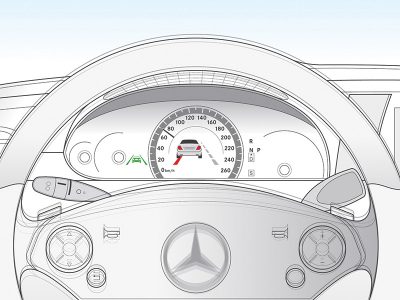
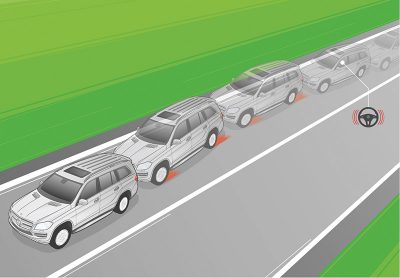
Both Lane Keeping Assist systems use a forward-facing camera to monitor the direction in which the vehicle is headed and compare that to lane markings. Both systems assess driver behavior and issue warnings if the vehicle begins to wander over a lane marking unintentionally. Both consider accelerating, braking, use of turn signals, or certain other behavior as indicators that the driver is aware and in control, and thus the lane change is intentional and no warning is necessary.
The base Lane Keeping Assist offers warnings that consist of visual alerts in the instrument cluster and mirrors, plus vibrating the steering wheel to yank the driver’s attention back to the position of the vehicle in the driving lane. The Active Lane Keeping Assist system adds a radar sensor mounted behind the rear bumper. This wide-angle radar sensor provides a signal to the multifunction camera control unit when they detect an object in the area immediately behind or to the near left or right of the vehicle.
If the vehicle begins to cross the lane markings without the use of turn signals or other indications of driver intent, Active Lane Keeping Assist takes over. Independent of the driver, the multifunction camera control unit actuates braking at the appropriate wheel or wheels to pull the vehicle back into the original lane.

Mercedes-Benz vehicles with Lane Keeping Assist include the 2014-2020 CLA-Class, 2011-2019 B-Class MPV, and 2014-2020 B-Class EV. Models with Active Lane Keeping Assist include the 2015 and newer C-Class, E-Class and S-Class, 2012-2019 GLE SUV and Coupe, 2010-2017 CLS, and more.
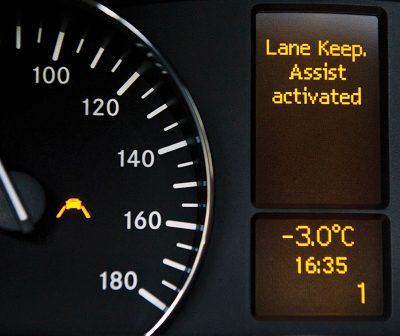
The Lane Keeping Assist function detects unintended driving across road lane markings and issues a haptic warning to the driver by generating vibrations on the steering wheel. The driver can choose from two different operating modes. Standard Mode sets sensitivity thresholds to issue warnings earlier and more frequently. Adaptive Mode generates warnings later and less often.
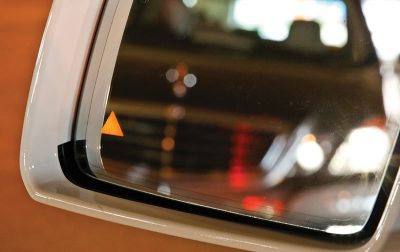
Lane Keeping Assist includes driver behavior in its calculus on whether to issue a warning. If Lane Keeping Assist sees steering wheel movement, braking, turn signal operation, or acceleration activities during the time a lane change is occurring, the system declines to issue a warning. The same is true if the driver changes lanes while also engaging in sharp or high-speed cornering in a curve. Lane Keeping Assist operates only at vehicle speeds above about 37 MPH (60 km/h).
Weather and Road Conditions Can Hinder Functionality
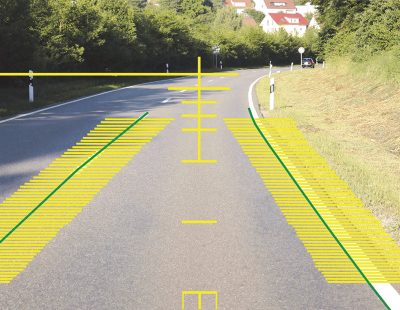
Movement across lanes is monitored by the multifunction camera. Lane markings must offer high enough contrast with the road surface to allow optical pick up by the camera.
Several environmental factors can cause Lane Keeping Assist operating difficulties. If lane markings are in poor condition or not present, cameras or sensors cannot collect accurate data to determine the vehicle location relative to lane edges. Heavy rain or fog can reduce the ability of cameras to see where the vehicle is in the lane. Snow, dirt or leaves on road surfaces can obscure lane markings. Ice, snow or debris covering the camera lens or sensors can render them inoperative. Excessive glare from the sun can temporarily blind a camera and diminish Lane Keeping Assist functionality. Incomplete or unclear construction site markings also increase the likelihood of Lane Keeping Assist errors.
Many LKA Components
Lane Keeping Assist functionality requires more than just a camera and sensor. Both the active and base Lane Keeping Assist systems include many components that share data used to maintain proper functionality.
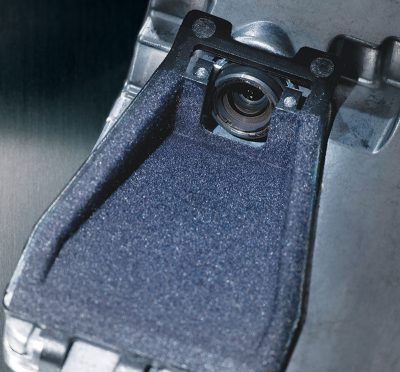
For example, assessment of driver intent involves information from the accelerator pedal position sensor, steering angle sensor, lateral and longitudinal acceleration sensors and related control modules. Lane Keeping Assist activation is speed-dependent, and the steering wheel haptic (vibration) warning increases or decreases to compensate for speed-related road noise, so input from wheel speed sensors and braking are critical.
The multifunction camera is also a control unit responsible for collecting and interpreting all lane keeping system inputs as well as generating appropriate outputs and actuation commands. However, work through any trouble codes you find for these related components before you consider replacing the multifunction camera.
Lane Keeping Assist – Key System Components
- Multifunction camera
- Steering wheel vibration motor
- Electronic Stability Program control unit
- Steering angle sensor
- Steering column module control unit
- Steering wheel electronics
Active Lane Keeping Assist
- All of the above, plus additional key components:
- Yaw rate sensor
- Video and radar sensor system
- Regenerative braking system control unit (electric/hybrid vehicle)
When you find a trouble code that relates to a power supply problem, you’ll trace it on the wiring diagram to the components to test. Before condemning costly components, inspect for loose wires, corroded or damaged connectors or other wiring issues that can cause opens or shorts in a circuit.
A Temporary Hiccup
Infrequent sensor malfunction may be frightening to the driver who has become accustomed to relying on Lane Keeping Assist. But the good thing is that fear brought the vehicle in so you could identify any real problems. Something no more critical than a temporary hiccup is probably resolved by the simple act of starting the car to drive to the repair facility.
Even when a Lane Keeping Assist error message pops up more often than the occasional weird glitch, the cause could be minor. Something as simple as dirt or ice blocking the lens of the multifunction camera or radar sensor could lead to a system error. On vehicles with Active Lane Keeping Assist, the radar sensors could be disrupted by interference from an external transmitter such as a cell phone or other nearby device using Bluetooth. A quick cleaning of the camera lens or radar sensor, and shutting down or removing the Bluetooth device from the vehicle often clears up those types of problems.
Faulty Sensor Hardware
A warning light that comes on every time the vehicle starts indicates a more serious issue. Check the fuse and, if used, relay for that circuit. On the 2013 C-Class, E-Class, CLA-Class, CLS-Class and other models built between November 2012 and September 2013 for example, the micro-relays in the fuse and relay boxes in the engine compartment or rear compartment may have a malfunction and not close correctly. Just hearing the relay click isn’t enough: Be sure to test the relay properly as explained elsewhere in this issue of StarTuned. This fault can disrupt data communication to and from not only the driver SAM (signal acquisition and actuation module) and engine control units, but also control units for Lane Keeping Assist, DISTRONIC and other key systems. Refer to XENTRY Tips document LI54.15-P-057373 for details.
If it is not the fuse or relay, normal wear and tear could have brought the sensor to the end of its useful life. Corrosion on connectors and harnesses may prevent or weaken voltage signal transmission. Any Lane Keeping Assist component or its wiring may have developed a short or other electrical fault.
Moisture Contamination

The number one and more likely cause of radar sensor failure is moisture contamination. If the customer explained that the problem started after a heavy rain, or occurs each time it rains, water may be entering the radar sensor housing. Remove the sensor from the rear bumper and check for evidence of moisture. If there is no corrosion, clean and reinstall the sensor and ensure that it is properly sealed in its housing.
Moisture could also seep into the video and radar sensor control unit, located under the carpet in the front passenger footwell, and disrupt input and output signals to and from the control unit and key system components. Lift up the carpets and underlay to look for signs of liquid.
Steering Wheel Vibration Motor Failure
In the event of unintended lane departure, the multifunction camera control unit commands the steering wheel electronics to actuate the vibration motor in the steering wheel. The vibration motor receives 12 volts for approximately 3 seconds to generate warning pulses, designed to simulate the vibration from road-edge rumble strips, that the driver can feel through the wheel. If the vibration motor is faulty or the current fails to reach it, the system cannot create that haptic warning.
In such a case, the system displays a “Lane Keeping Assist Not Available†message in the instrument cluster. Do not mistake this for the “Active Lane Keeping Assist Currently Unavailable†message. Active Lane Keeping Assist drops out in some instances, due not to hardware faults, but rather to environmental conditions reducing visibility of lane markings. No repair is required: Active Lane Keeping Assist returns to normal operation once weather or road conditions allow lane markings to be visible again.
Use Mercedes-Benz XENTRY Diagnostics to actuate and test the vibration motor. If your diagnostic steps confirm that the vibration motor is not functioning, replace it. In most models the motor is available separately, but certain AMG models will need a new steering wheel if the motor fails.
If the vibration motor is functional, trace the power flow to and from the steering wheel electronics (N135 in the wiring diagram). Test for an open, short, or loose or damaged connector. If there are no wiring problems, you may need to replace the steering wheel electronics unit.
The three bolts holding the steering wheel electronics unit in place are thread-forming type. They must be torqued to 7 Nm. If you cannot reach 7 Nm tightening torque, replace the steering wheel, using new thread-forming bolts. Refer to Mercedes-Benz XENTRY Tips document LI46.10-P-065829 for additional repair procedure details.
Multifunction Camera Failure
In 2015 to 2016 C-Class (W205, multiple body styles), S-Class (V222 4-door sedan, C217 2-door coupe), and GLC-Class (X253/C253 crossover SUV) vehicles equipped with a stereo multifunction camera, the error message “Active Lane Keeping Assist Inoperative†(code 238) may appear in the instrument cluster. The cause is a glitch in the stereo multifunction camera control unit (A40/13) software. When the problem occurs the camera control unit stores diagnostic trouble code P180504. This DTC notes that hardware-monitoring algorithms have detected an internal fault in the control unit.
Mercedes-Benz resolved this issue by developing new software for the multifunction camera control unit. The optimized software is available via XENTRY Diagnostics updates or in DVD materials published beginning in May 2016. Refer to Mercedes-Benz XENTRY Tips document LI54.00-P-064149 for additional repair procedure details
Fault Code U11A600
The fault code U11A600 “Communication with the radar sensor system control unit has a malfunction†may be stored in the steering control unit (N68 in the wiring diagram). This code applies to the 2014-2017 electric drive B-Class (B250e) with Active Lane Keeping Assist. Mercedes-Benz has issued a XENTRY Tips document (LI46.35-P-069432) explaining that the code is the result of an error in the XENTRY Diagnostics software. There is no steering fault related to this error message. The fault code and message can be ignored.
So there you have it: This important safety system rarely has trouble, but when it does, you now know how to approach a diagnosis and repair. Lane Keeping Assist: It’s multifaceted, but not complicated.

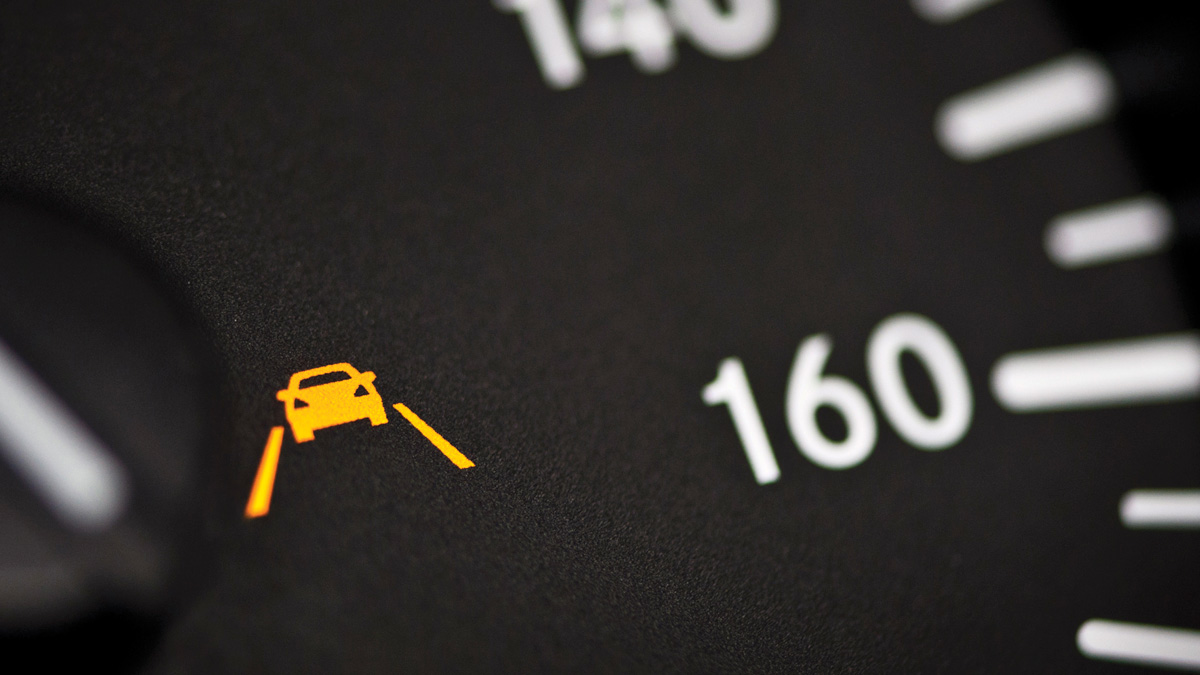
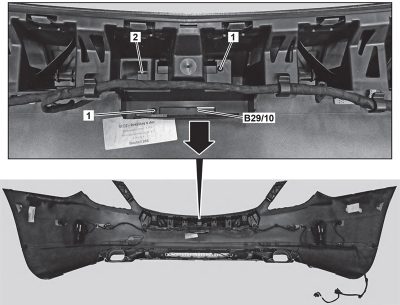
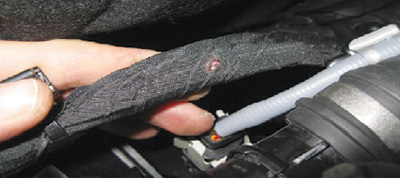




0 Comments